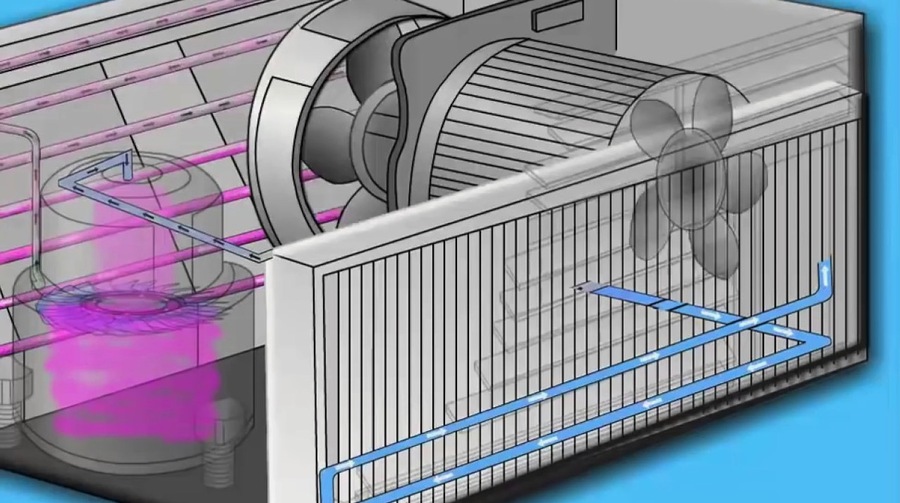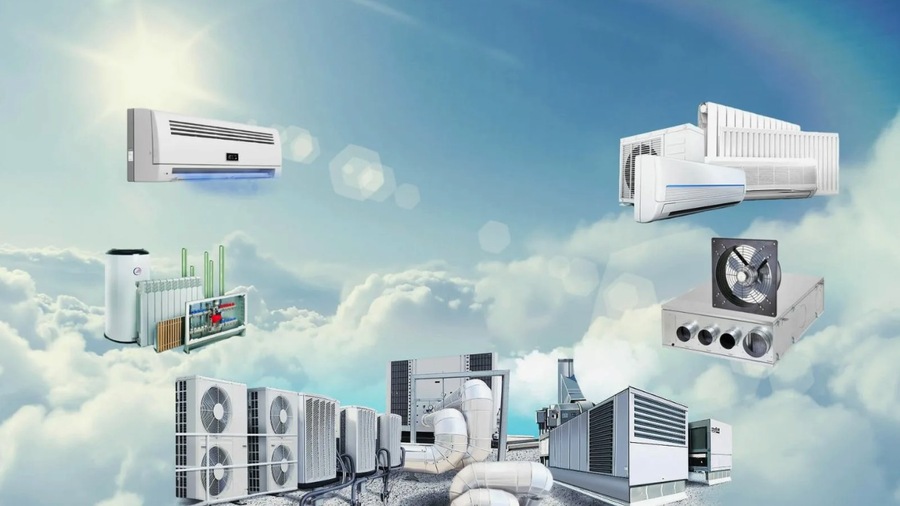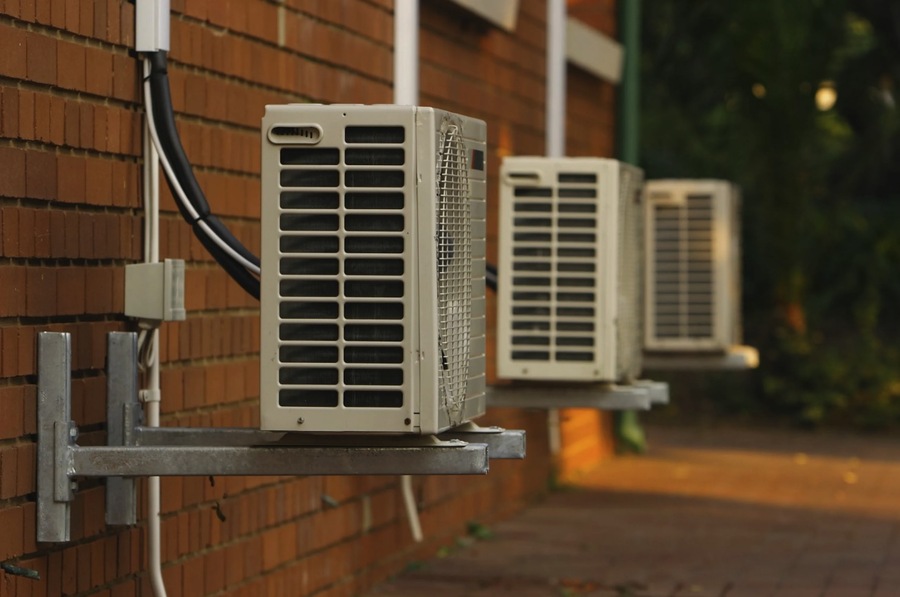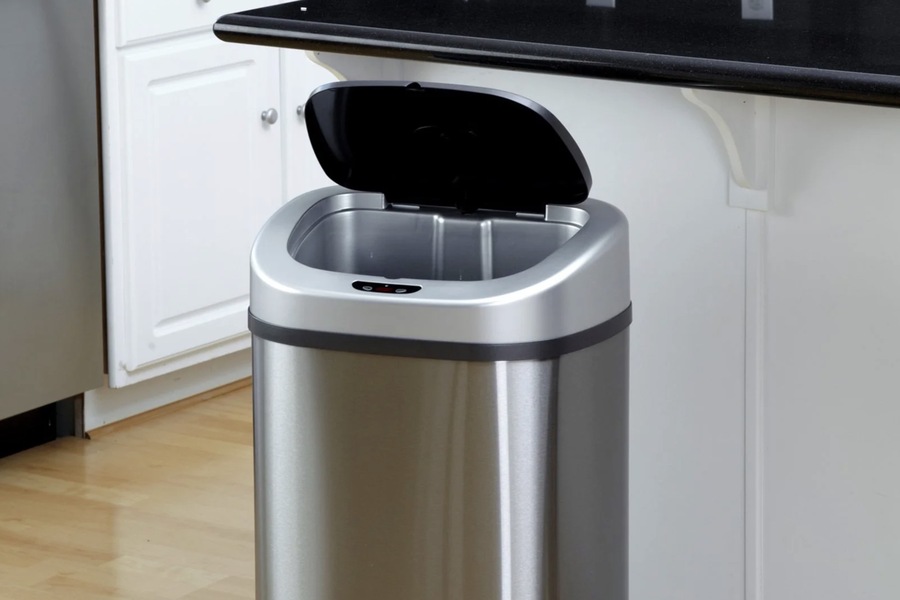An air conditioner is a device designed to maintain optimal climatic conditions in various spaces, including building structures, vehicles, and other equipment. At its core, an air conditioner regulates and maintains a set air temperature in a room. These devices are most commonly used to cool indoor air during hot seasons but also to maintain specific temperatures year-round in environments where excess heat is generated or where a stable temperature is crucial, such as data centers, subway cars, airplane cabins, and food warehouses. For flexible cooling solutions, consider an air cooler for rent.
Modern air conditioners can perform multiple functions beyond cooling, such as heating (using heat pumps), air purification, fresh air supply, humidification, ionization, and oxygen enrichment, all aimed at improving indoor air quality.
History of the Air Conditioner
Early Beginnings
The concept of air conditioning dates back to ancient times when various cultures used primitive methods to cool their living spaces. The ancient Egyptians and Romans used water and ice to cool their homes.
19th Century Innovations
The first steps towards modern air conditioning were taken in the 19th century. In 1820, British scientist Michael Faraday discovered that compressing and liquefying ammonia could chill air when allowed to evaporate. In 1842, American physician Dr. John Gorrie used this principle to develop a machine that could cool hospital rooms for patients suffering from tropical diseases.
Willis Carrier’s Breakthrough
The modern air conditioner was invented by Willis Haviland Carrier in 1902. Carrier designed a system to control the temperature and humidity for a printing plant in Brooklyn, New York. His invention not only cooled the air but also controlled humidity, significantly improving the printing process. This invention laid the foundation for the modern HVAC (heating, ventilation, and air conditioning) industry.

Working Principle of the Air Conditioner
The refrigerant is a fluid that absorbs and releases heat as it circulates through the air conditioner. It starts in the evaporator coils inside the unit, where it absorbs heat from the indoor air.
Evaporation
As the refrigerant absorbs heat, it evaporates, turning from a liquid into a gas.
Compression
The gaseous refrigerant is then compressed by the compressor, increasing its pressure and temperature.
Condensation
The hot, high-pressure gas moves to the condenser coils, usually located outside the building. Here, it releases the absorbed heat into the outside air and condenses back into a liquid.
Expansion
The liquid refrigerant passes through an expansion valve, which reduces its pressure and temperature before it returns to the evaporator coils to repeat the cycle.
Types of Air Conditioners
Central Air Conditioners
Central air conditioners are designed to cool entire buildings. They use a system of ducts to distribute cooled air throughout the space. These systems are ideal for large homes, offices, and commercial buildings.
Precision Air Conditioners
Precision air conditioners are used in environments where maintaining precise temperature and humidity levels is crucial, such as data centers, laboratories, and medical facilities. These units are highly efficient and reliable, ensuring optimal conditions for sensitive equipment and processes.
Wine Conditioners
Wine conditioners are specialized air conditioners designed to maintain the ideal temperature and humidity for wine storage. These units are essential for wine cellars and storage facilities to preserve the quality and flavor of the wine.
Autonomous Air Conditioning Systems
Autonomous air conditioning systems are standalone units that do not require a complex installation process. These systems are often used in spaces where central or split systems are impractical.

Types of Air Conditioning Systems
Multi Split Systems
Multi Split systems consist of one outdoor unit connected to multiple indoor units. Each indoor unit can be controlled independently, allowing for customized cooling in different areas of a building. These systems are ideal for homes with multiple rooms or offices with various cooling requirements.
Split Systems
Split systems consist of an outdoor compressor and an indoor unit. They are one of the most common types of air conditioners for residential use. Split systems are known for their efficiency and quiet operation.
Window Air Conditioners
Window air conditioners are self-contained units that fit into a window or a hole in a wall. These units are cost-effective and easy to install, making them a popular choice for single rooms or small apartments.
Mobile Air Conditioners
Mobile air conditioners are portable units that can be moved from room to room. They are ideal for temporary cooling needs and do not require permanent installation. These units are perfect for rental properties or events.
Renting a Mobile Air Conditioner in Dubai
If you are in Dubai and are planning a party, renting a mobile air conditioner is a practical solution. Mobile air conditioners are easy to use, convenient, and do not require installation. They can provide much-needed relief from the heat, ensuring your guests stay comfortable throughout the event.
Conclusion
Air conditioners are essential devices that enhance comfort and maintain optimal conditions in various environments. From the early innovations of Michael Faraday and Dr. John Gorrie to the modern systems designed by Willis Carrier, air conditioning technology has come a long way. Understanding the different types of air conditioners and their applications can help you choose the best system for your needs. Whether for residential use, specialized environments, or events, air conditioners play a vital role in improving our quality of life.

Biker, hustler, fender owner, reclaimed wood collector and critical graphic designer. Performing at the crossroads of minimalism and computer science to save the world from bad design. I prefer clear logic to decoration.



